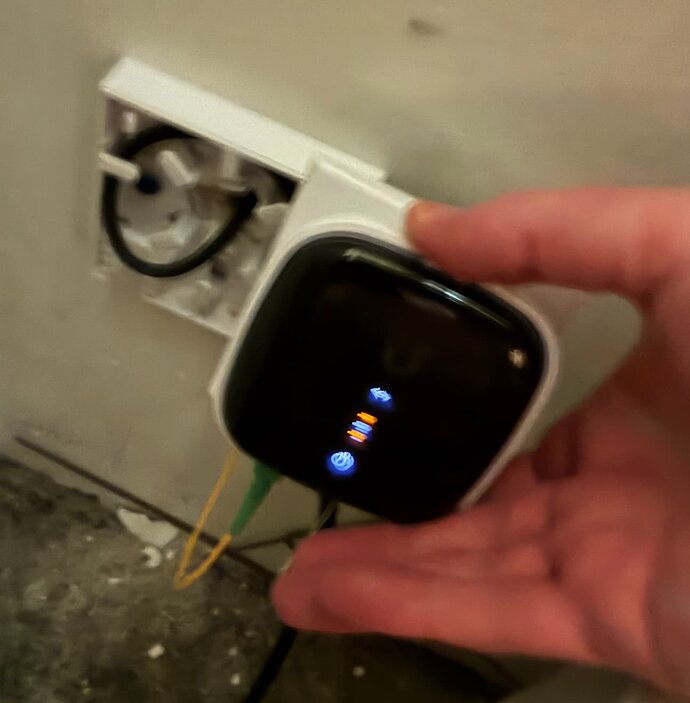Server Version#: 1.42.1.10060
Player Version#: 1.42.1.10060
This is the Plex Media Server for the OS Sequoia. I’ve uploaded the server logs.
I would consider myself a tad bit more knowledgeable than a beginner.
I’ve done everything I can think of to try and resolve this. Under Remote Access, I click to enable Plex for outside my network. It stays Green for a bit, but clicking around quickly returns it to red. A common problem I’ve seen.
I think the issue could be Plex thinking this is a Double NAT issue. I only have a Router/Modem combo. Specifically, the AXE5400 Tri-Band Wi-Fi 6E Router, and NOTHING ELSE.
My iMac connects Wirelessly. I’m wondering if it thinks it’s Double Nat issue stems from what I see under the Wireless settings under my router. I see that there are 2 bands. 2.4GH/5GHz, and a 6GHz band. I’m wondering if these 2 bands are what are causing Plex to think there is a Double NAT issue.
If not, then I am at a loss as to what could be the cause.
I have tried port forwarding and there doesn’t seem to be a change. I have noticed that when I do “find my IP”, it has a different address than the IP address on my Mac.
I’ve checked my firewall settings and Plex is in there as an exception for Plex.
Another thing to add, though I’m not sure if it matters, I also have another program called Wimoweh. From what I understand, it just prevents Plex from sleeping.
Yeah, I’d be very grateful for any and all help. Again, I am a bit of a novice with this sort of thing, and I’m hoping this is an easy fix.
Thanks
<If providing server logs please do NOT turn on verbose logging, only debug logging should be enabled>





